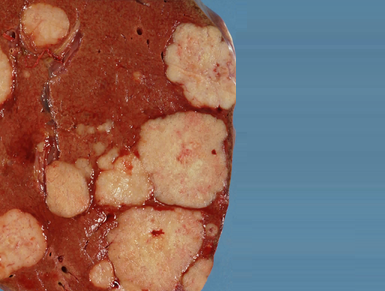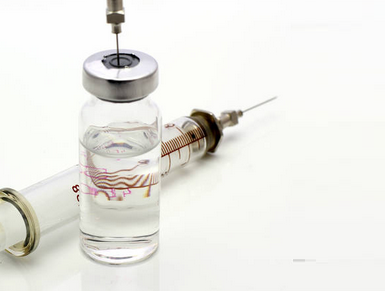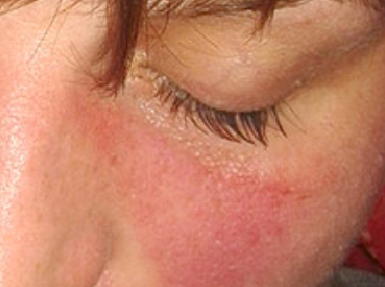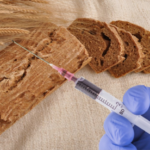DOI: 10.13140/2.1.1682.2567
EXECUTIVE ABSTRACT
Strength of recommendation: Weak against the use of the technology.
Technology: Ursodeoxicholic acid.
Indication: Primary biliary cirrhosis.
Characterization of the technology: A natural biliary acid with cholagogue and choleretic effects.
Question: Is ursodeoxycholic acid more effective and safer than other available therapies for primary biliary cirrhosis?
Search and analysis of scientific evidence: We searched The Cochrane Library, Centre for Reviews and Dissemination, Tripdatabase, Medline and LILACS databases aiming to find systematic reviews comparing ursodeoxycholic acid with therapeutic alternatives for the treatment primary biliary cirrhosis. Health Technology Assessments (HTA) were searched on the websites of national and international agencies. Quality of the evidence and strength of recommendation were evaluated using the GRADE system.
Summary of results of selected studies: We selected eight systematic reviews, one about the drug’s safety. All studies included patients in all stages of the disease. Beneficial effect was observed with the use of ursodeoxycholic acid in relation to markers of liver function, especially total bilirubin, observable within six months of use. However, there was no benefit of using the drug in relation to mortality or liver transplantation, fatigue, pruritus, and liver complications. Histological progression of the disease was only decelerated in patients in stages I-II. The drug is generally well tolerated by patients, the most common adverse event been diarrhea. In patients with stage III-IV there is the risk of hepatic decompensation. There were no HTA on ursodeoxycholic acid.
Recommendations: Patients with primary biliary cirrhosis may live from four to twenty years depending on the stage at which the disease is diagnosed. For improving the levels of hepatic markers, ursodeoxycholic acid seems to have a beneficial effect on histological progression in patients with stages I-II. However, this analysis was not the central focus of the systematic reviews included so that the use of ursodeoxycholic acid is weakly recommended for patients in early stages that are considered responsive to this therapy after a maximum of six months of use, which than can be stended for as long as it is needed. For patients with primary biliary cirrhosis in stages III-IV it is strongly recommended not to use the drug because there is no evidence of benefit and there is risk of clinical decompensation.
Full content in Portuguese
































Adicionar Comentário